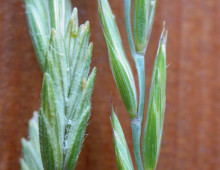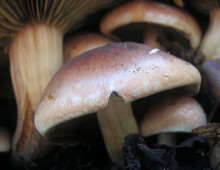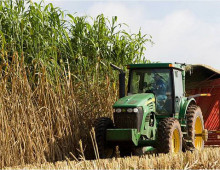Early Diverging Lineages of Fungi
Fungi inhabit most of the world’s ecological niches where they perform numerous services that are central to ecosystem functioning. Despite significant advancements in our understanding of the evolutionary relationships within Kingdom Fungi, the earliest diverging events are still very poorly understood. Resolving the earliest branches in the Kingdom Fungi is essential to identify the characteristics… [Read More]



